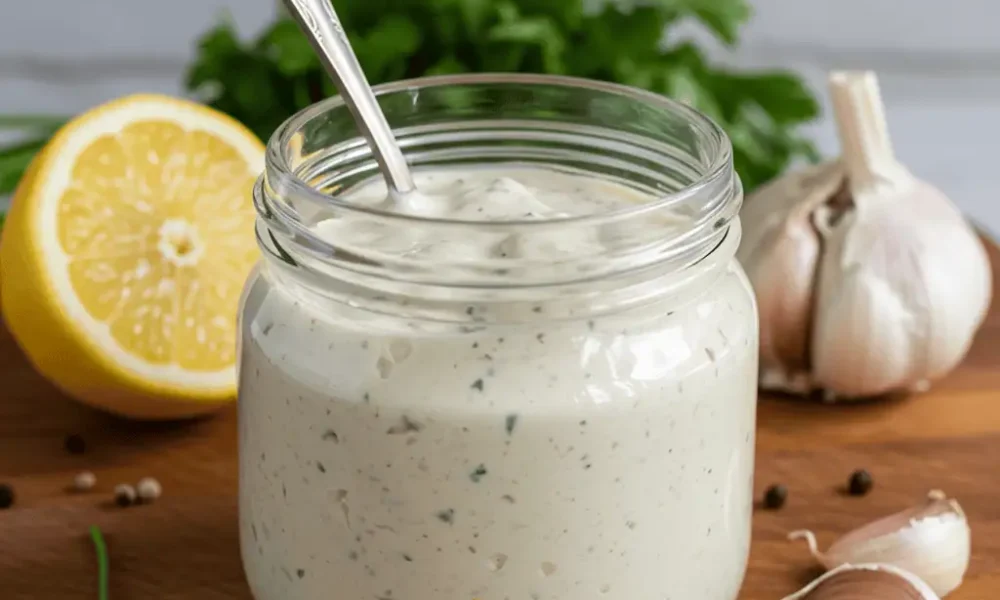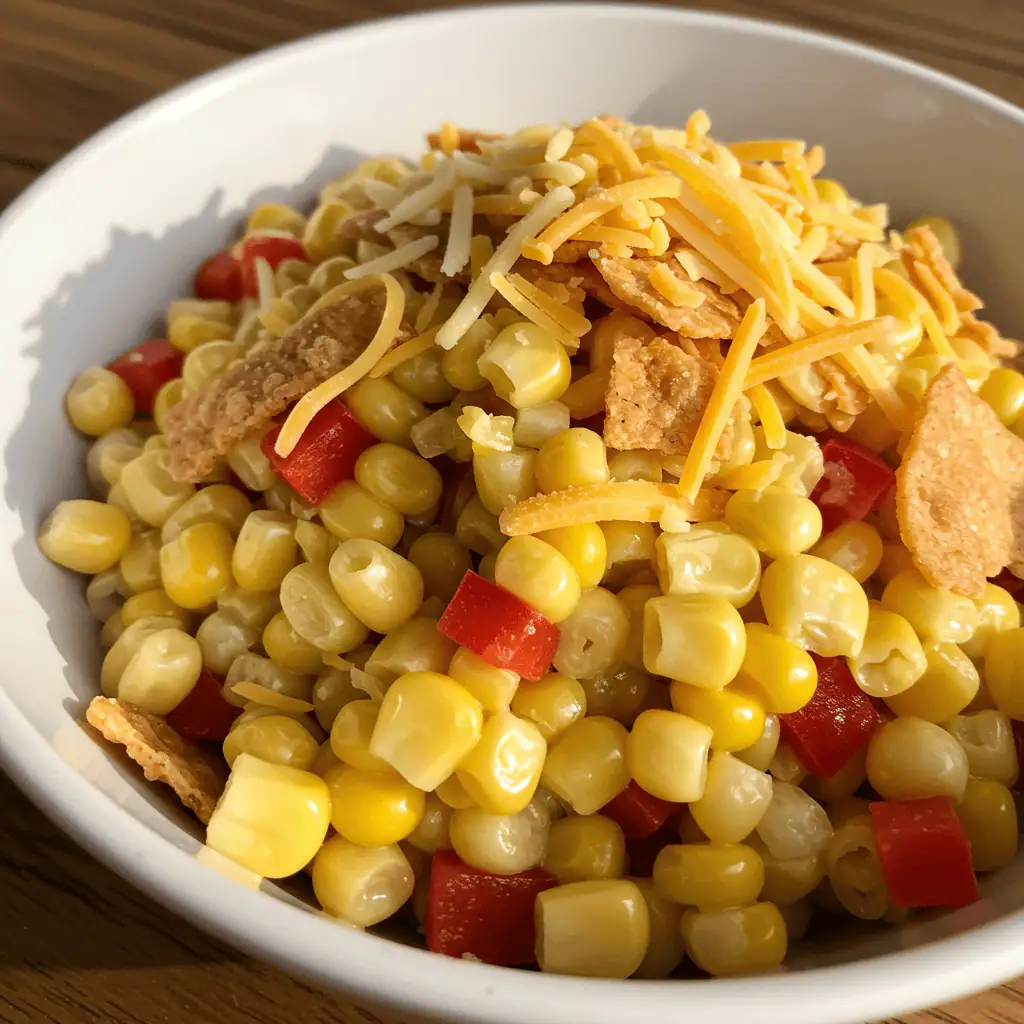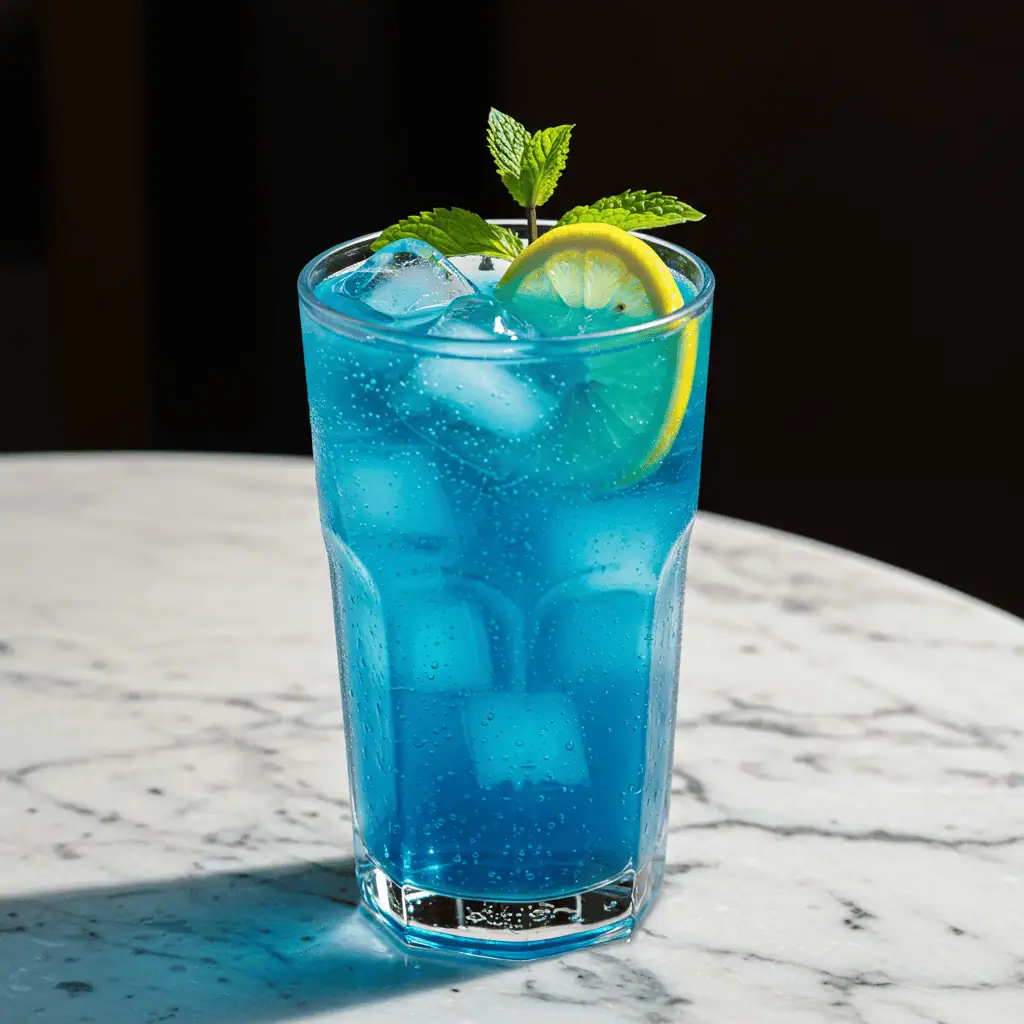Halal White Sauce Recipe – The Authentic & Easy Guide
Whether you’re trying to recreate that famous halal cart flavor or just want a creamy, tangy sauce to level up your homemade meals, this halal white sauce recipe delivers big time. Loved across NYC street food spots, halal restaurants, and Middle Eastern kitchens, this versatile sauce packs a punch with just a few pantry staples.
In this complete guide, you’ll learn the core ingredients, easy homemade variations, how to store it, the difference between Arabic and Halal Shack-style sauces, and what dishes pair best. You’ll even find nutrition info, halal certification tips, and answers to the most popular questions asked by foodies.
Looking for inspiration? Try our halal chicken wrap with garlic sauce—it’s a fan favorite and pairs perfectly with the white sauce you’re about to make!
Let’s dive in.
Introduction to Halal White Sauce
What Makes a White Sauce “Halal”?
The term halal means “permissible” in Arabic, and when applied to food, it ensures the ingredients and preparation comply with Islamic dietary laws. For white sauce to be truly halal, it must exclude non-halal ingredients such as:
- Alcohol-based vinegars or extracts
- Gelatin or emulsifiers derived from non-halal animals
- Non-zabiha meat-based flavorings
Instead, it relies on halal-certified dairy, eggs (if used), and plant-based seasonings. This makes it suitable not just for Muslims but also for those seeking clean-label condiments.
Most white sauces are naturally vegetarian-friendly, but to meet halal standards, it’s crucial to use verified halal-certified brands—especially for mayonnaise and sour cream.
Origins and Popularity in Middle Eastern and Halal Carts
The halal white sauce recipe became globally popular thanks to NYC’s famous halal carts, especially spots like The Halal Guys, who serve chicken and lamb over rice topped with this iconic white drizzle.
But its roots go deeper, tracing back to Middle Eastern garlic sauces like toum, and yogurt-based dressings common in Turkish and Levantine cuisine. Over time, food trucks in the U.S. adapted it by blending mayo and yogurt for a richer, tangier version that balances out spicy meats and rice dishes.
Here’s a quick comparison of how white sauce is used across regions:
| Region | Sauce Base | Common Use |
|---|---|---|
| Middle East | Yogurt, garlic, lemon | Falafel, shawarma, kebabs |
| NYC Halal Carts | Mayo, yogurt, vinegar | Chicken over rice, gyros |
| Mediterranean | Labneh, herbs, olive oil | Grilled meats, wraps |
The halal white sauce has become a symbol of fusion food culture—a blend of traditional halal values with modern street food creativity.
Key Ingredients in Halal White Sauce Recipe
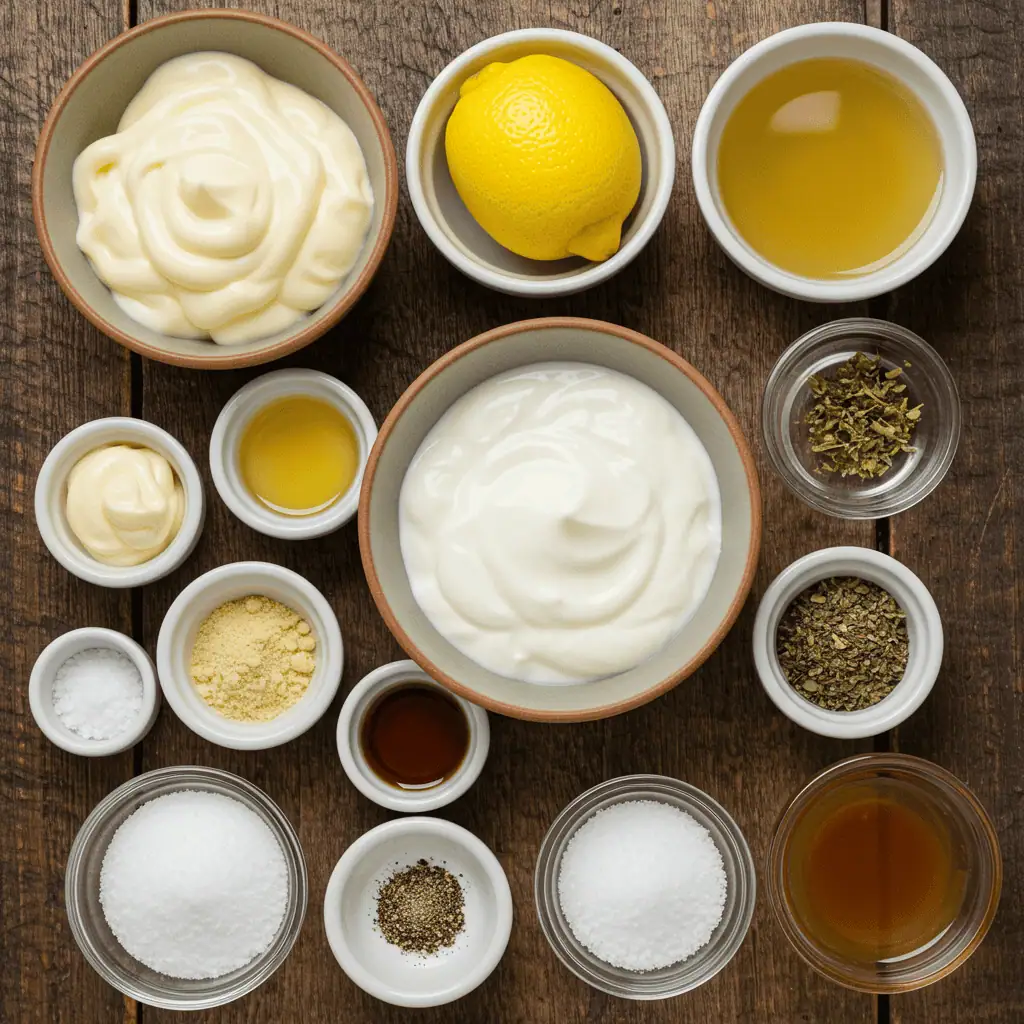
Base Ingredients: Mayonnaise, Yogurt, Sour Cream
A truly authentic halal white sauce recipe starts with a smooth and creamy base. Most recipes balance richness with a tangy kick by blending a few core ingredients. Here’s a breakdown:
- Halal-certified mayonnaise: This is the primary thickener. It’s rich, creamy, and gives the sauce body. Always check the label for halal certification.
- Greek yogurt or sour cream: Adds tanginess and smooth texture. Yogurt is often preferred in traditional recipes, while sour cream lends a heavier mouthfeel in fusion versions.
- Optional: buttermilk or labneh: For those seeking extra tang or a Mediterranean twist, a splash of buttermilk or a spoonful of labneh makes the sauce even more flavorful.
Quick Tip: If you’re going dairy-free, opt for halal-certified vegan mayo and coconut or almond yogurt.
Flavor Enhancers: Garlic, Lemon Juice, Vinegar, Herbs
The signature zing of halal white sauce comes from bold flavor boosters:
- Garlic (fresh or powder): The backbone of any good sauce. For extra bite, use fresh minced garlic. For a milder profile, garlic powder works just as well.
- Lemon juice or white vinegar: Adds acidity that balances out the richness of the mayo. Use lemon juice for a fresher, brighter note and vinegar for a sharper, street-cart style tang.
- Sugar: A small amount helps mellow out the acidity and enhances the overall balance of flavors.
- Salt and black pepper: Season to taste, but don’t skip these—they make all the other flavors pop.
- Dried herbs: Parsley, dill, or oregano are often included for complexity. Dill gives a Mediterranean flair, while parsley keeps things fresh.
Below is a basic halal white sauce mix you can use as your go-to blend:
| Ingredient | Measurement |
|---|---|
| Halal mayo | 1/2 cup |
| Greek yogurt | 1/2 cup |
| Garlic powder | 1 tsp |
| Lemon juice | 1 tbsp |
| Sugar | 1 tsp |
| Salt & pepper | to taste |
| Dill or parsley | 1 tsp (optional) |
Discover great ideas like our cajun fettuccine alfredo sauce recipe for a bold, spicy twist on creamy sauces.
Next up: We’ll walk through exactly how to make your own halal white sauce at home.
How to Make Halal White Sauce at Home

Step-by-Step Instructions with Common Tools
Making your own halal white sauce recipe at home is surprisingly simple. With a few pantry staples and five minutes of prep time, you’ll be ready to drizzle this creamy magic over your favorite halal dishes.
Here’s how to do it:
Ingredients:
- ½ cup halal mayonnaise
- ½ cup Greek yogurt (or sour cream)
- 1 tsp garlic powder (or 1 clove minced garlic)
- 1 tbsp lemon juice (freshly squeezed preferred)
- 1 tsp white vinegar
- 1 tsp sugar
- Salt and black pepper to taste
- 1 tsp dried dill or parsley (optional)
Tools You’ll Need:
- Mixing bowl
- Whisk or spoon
- Measuring spoons and cups
- Glass jar or airtight container for storage
Instructions:
- Mix the Base: In a bowl, combine the mayo and Greek yogurt. Whisk until smooth and fully blended.
- Add Flavors: Stir in garlic, lemon juice, vinegar, sugar, and herbs.
- Season It: Add salt and pepper. Taste and adjust to your preference.
- Let It Rest: For best flavor, refrigerate the sauce for 30 minutes before serving. This allows the garlic and herbs to fully infuse.
- Store Properly: Pour the sauce into a sealed jar and keep in the fridge.
Pro Tip: Use a squeeze bottle for easy drizzling on wraps or over rice bowls.
Prep Tips to Nail the Authentic Flavor Every Time
To capture that perfect halal cart flavor, keep these pointers in mind:
- Use fresh lemon juice: Bottled juice lacks the same brightness.
- Don’t skip the sugar: It may seem odd in a savory sauce, but it’s key to balancing the acidity.
- Taste as you go: Each brand of mayo or yogurt varies in tanginess and salt content.
- Chill before serving: This step helps mellow out the garlic and brings the flavors together.
Want to explore more creamy sauce combos? Check out our marinara sauce for mozzarella sticks—another must-try sauce with endless possibilities.
Different Variations of Halal White Sauce
Greek-Inspired Halal Sauce with Extra Herbs
For a Mediterranean twist on the classic halal white sauce recipe, you can lean into Greek flavors using fresh herbs and tangier dairy bases. This variation is lighter but still packed with flavor.
Ingredients for Greek-style Halal White Sauce:
- ½ cup labneh or strained Greek yogurt
- ¼ cup halal mayo (optional for creaminess)
- 1 tbsp olive oil
- 1 tbsp lemon juice
- 2 cloves garlic, finely minced
- 1 tsp dried mint
- 1 tsp dill or parsley
- Salt and pepper to taste
This version pairs exceptionally well with grilled meats, falafel, and stuffed grape leaves. It also works as a healthy salad dressing or dip for fresh veggies.
Key Tip: The olive oil adds richness without heaviness—perfect for lighter meals.
Low-Fat and Dairy-Free Options
If you’re watching your calories or following a dairy-free diet, you can still enjoy the taste of halal white sauce without compromise.
Here’s how:
Low-Fat Version:
- Use low-fat or non-fat Greek yogurt
- Replace mayo with low-fat sour cream or light mayo
- Add extra lemon juice for brightness
Dairy-Free/Vegan Version:
- ½ cup vegan mayo (made from soy, pea, or avocado oil)
- ½ cup unsweetened plant-based yogurt (almond or coconut works well)
- Garlic, lemon juice, vinegar, and herbs as usual
The result? A zesty, dairy-free white sauce that’s still halal and every bit as delicious. This is especially great for people with lactose intolerance or those sticking to a plant-based halal diet.
Don’t miss our power bowl recipes vegan—many of these bowls pair incredibly well with vegan halal white sauce.
Best Dishes to Pair with Halal White Sauce
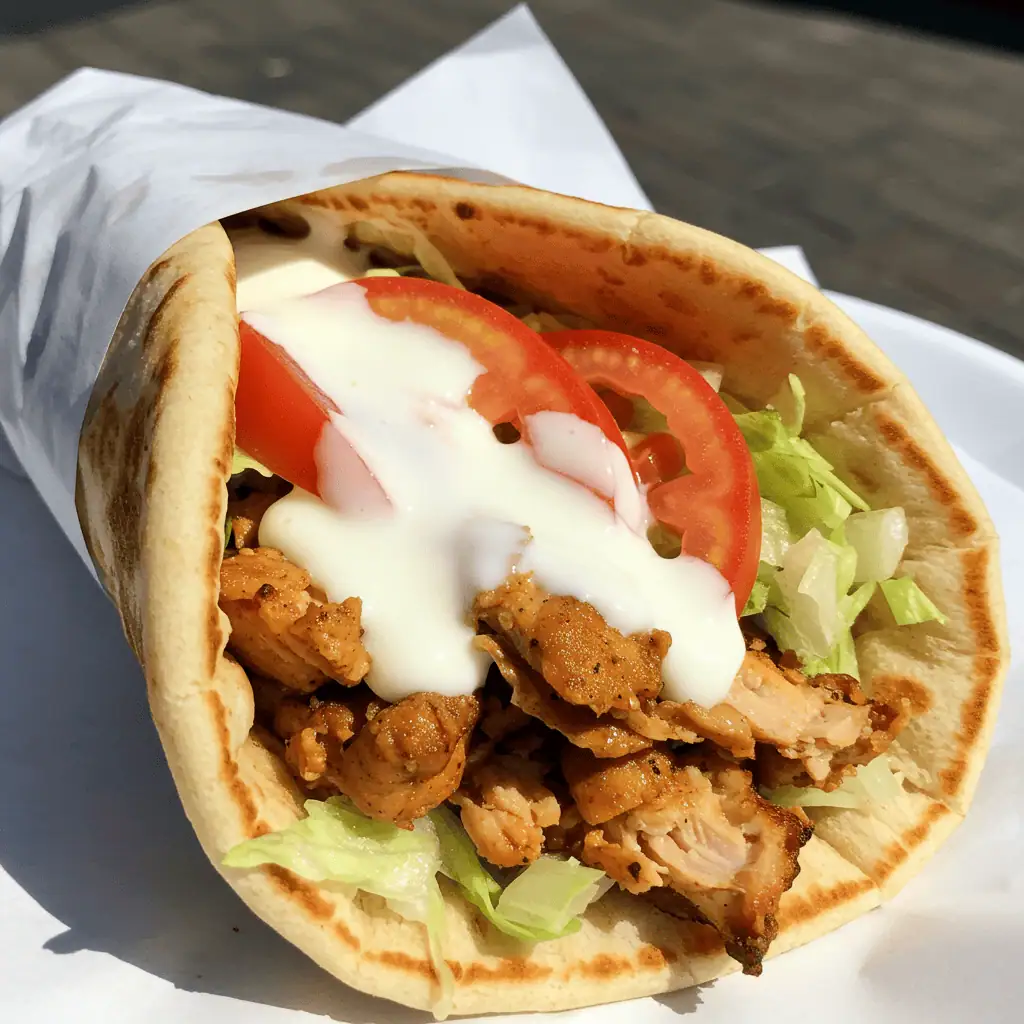
Gyros, Shawarma, and Halal Platters
There’s a reason the halal white sauce recipe has become a staple in street food culture—it elevates just about everything it touches. One of the most classic pairings is with grilled meats in Middle Eastern and Mediterranean dishes.
Top pairings include:
- Chicken or lamb gyros: Drizzled over warm pita bread, loaded with marinated meats and fresh veggies.
- Beef or chicken shawarma: The creamy texture balances out the spices in shawarma seasoning.
- NYC-style halal platters: This includes rice, chopped lettuce, seasoned meats, and that signature white sauce to tie it all together.
Here’s a simple pairing chart for inspiration:
| Dish | Why It Works with White Sauce |
|---|---|
| Chicken over rice | Balances spicy seasoning with cool creaminess |
| Beef gyro wrap | Adds moisture and tang to grilled meat |
| Falafel bowl | Lightens up deep-fried texture |
| Shawarma sandwich | Enhances both spice and texture |
| Veggie rice platter | Adds depth to a plant-based meal |
Discover great ideas like our vegetarian lunch recipes for more plant-based meals that pair beautifully with halal white sauce.
Wraps, Falafel, Rice Bowls and More
This sauce isn’t just for meats—it shines in wraps, bowls, and sandwiches too.
Try it on:
- Falafel wraps: The creaminess complements the crunchy chickpea patties perfectly.
- Grilled veggie rice bowls: Add a cooling contrast to warm, roasted vegetables.
- Middle Eastern tacos: Modern fusion dishes love a sauce like this—it’s creamy, zesty, and bold.
You can also use it as:
- A dipping sauce for fries or pita chips
- A salad dressing over chopped greens
- A spread for sandwiches or burgers
Looking for something indulgent? Try our philly cheesesteak tortellini pasta—you might even find the white sauce surprisingly delicious over this cheesy fusion meal.
Storage, Shelf Life, and Meal Prep Tips
How Long It Lasts in Fridge or Freezer
Once you’ve whipped up your homemade halal white sauce recipe, proper storage is key to keeping it fresh and flavorful.
Fridge Storage:
- Store in an airtight container or mason jar.
- Keeps fresh for up to 5–7 days in the refrigerator.
- Always use a clean spoon when scooping to avoid introducing bacteria.
Freezer Storage:
- While freezing is possible, it’s not ideal. Mayo and yogurt can separate after thawing, altering the texture.
- If you must freeze, use a freezer-safe container, and expect some separation—just whisk it well before using.
- Use within 1 month for best quality.
Label and date all containers so you know exactly when you made the batch.
Bonus Tip: If making a large quantity, consider dividing into smaller jars. That way, you only open what you need and the rest stays fresher longer.
Safe Meal Prep Storage Containers & Tips
Whether you’re meal prepping lunches or planning for a dinner party, storing the sauce correctly ensures safety and great flavor.
Best Containers:
- Glass jars with tight lids (non-reactive, won’t affect taste)
- BPA-free squeeze bottles for easy use with wraps and bowls
- Silicone storage pouches (eco-friendly and reusable)
Storage Tips for Meal Preppers:
- Keep the sauce separate from hot dishes until serving to maintain consistency.
- Store at the top shelf of the fridge, which maintains the most stable temperature.
- If you’ve used raw garlic, be extra cautious with storage time—use within 4–5 days max to prevent spoilage.
Looking for more meal prep inspiration? Check out our cheap meal prep ideas week—they’re perfect for pairing with this white sauce for affordable, tasty lunches.
Halal Shack-Style White Sauce Copycat
What Makes Their Sauce So Addictive?
If you’ve ever had a rice bowl or wrap at The Halal Shack—or similar halal street food chains—you know the halal white sauce recipe they use is something special. It’s creamy, tangy, and mildly garlicky, with a smooth texture that pairs flawlessly with grilled meats, warm rice, and crisp lettuce.
So, what’s their secret? While the exact recipe is proprietary, most versions share these core traits:
- A balanced cream base: Likely a 50/50 blend of mayo and yogurt.
- Subtle sweetness: A dash of sugar or condensed milk for contrast.
- Acidic notes: Lemon juice and distilled vinegar work together to give that tangy “bite.”
- Neutral spices: White pepper, garlic powder, and a hint of dried parsley.
What sets it apart is how perfectly balanced it is—never too tangy or too thick, it flows easily over food while enhancing every bite.
DIY Version Using Accessible Ingredients
Ready to make your own Halal Shack-style white sauce at home? Here’s a simplified version that gets very close:
Ingredients:
- ½ cup halal-certified mayonnaise
- ½ cup full-fat Greek yogurt
- 1 tsp sugar
- 1 tbsp white vinegar
- 1 tbsp lemon juice
- 1 tsp garlic powder
- ½ tsp onion powder
- 1 tsp dried parsley
- Salt and white pepper to taste
- 1 tbsp cold water (for thinning)
Directions:
- Mix mayo and yogurt in a bowl until fully combined.
- Add remaining ingredients, stir until smooth.
- Thin with water to your desired consistency.
- Refrigerate for at least 30 minutes to let the flavors meld.
You’ll find this sauce incredibly close to what you’ve had in food courts or halal food trucks. It’s a must-have if you’re prepping halal rice bowls at home or hosting a Mediterranean-themed dinner.
Don’t miss our halal chicken nuggets—a kid-friendly favorite that tastes amazing dipped in this sauce!
Halal vs Arabic White Sauce: Key Differences
Regional Ingredient Swaps and Techniques
While the terms “halal white sauce” and “Arabic white sauce” are sometimes used interchangeably, they represent two distinct flavor profiles and traditions.
Here’s how they differ:
| Element | Halal White Sauce (Street-Style) | Arabic White Sauce (Traditional) |
|---|---|---|
| Base Ingredients | Mayo + Yogurt | Yogurt or Labneh |
| Garlic Flavor | Subtle (powder or minimal fresh) | Bold (fresh garlic, sometimes raw) |
| Acidity | Lemon + Vinegar | Lemon juice only |
| Herbs & Spices | Parsley, dill, black/white pepper | Mint, cumin, sumac |
| Texture | Thick and creamy | Light, airy, or fluffy (if whipped) |
| Common Uses | Over rice, gyros, shawarma | Falafel, kebabs, grilled meats |
Halal cart-style white sauce leans more toward American street food, making it thicker and milder—designed to appeal to a broader audience.
Arabic white sauce, on the other hand, sticks closer to tradition with fewer ingredients, focusing on purity and bold flavor, especially from raw garlic and yogurt.
Serving Traditions in Middle Eastern Cuisine
In Arabic and Levantine cultures, white sauces play a more dynamic role at the table. You’ll find them:
- As dips with flatbread, olives, and pickled vegetables
- Alongside grilled lamb, kofta, or shawarma as part of a mezze platter
- Topped with fresh herbs and olive oil, served in bowls for communal eating
- Used sparingly—not drenched like street cart platters, but carefully layered or served on the side
This tradition emphasizes balance and freshness, often showcasing ingredients like cucumber, mint, or tahini blended into the white sauce.
Looking for an Arabic-style recipe to pair with it? Try our how to cook kofta kebabs in air fryer—a perfect match for classic Arabic garlic-yogurt sauce.
Nutrition, Dietary Info & Halal Certification
Is It Healthy? Calorie Count & Nutrient Breakdown
The nutritional value of any halal white sauce recipe depends largely on the ingredients used. Traditional versions with full-fat mayo and yogurt can be calorie-dense, while lighter or dairy-free versions significantly cut back on fat and carbs.
Here’s a breakdown for a 2-tablespoon (30g) serving of standard halal white sauce:
| Nutrient | Approximate Value |
|---|---|
| Calories | 100–120 |
| Fat | 10–12g |
| Saturated Fat | 1.5–2g |
| Carbohydrates | 2–3g |
| Sugar | 1g |
| Protein | 1g |
| Sodium | 120–180mg |
To make it healthier:
- Use low-fat or non-fat Greek yogurt
- Reduce or skip mayo entirely
- Add more fresh herbs or lemon juice for flavor instead of salt
- Opt for dairy-free, plant-based versions for vegan or cholesterol-conscious diets
Despite its creamy texture, white sauce can be part of a balanced, high-protein, low-carb meal when portioned mindfully and paired with lean proteins and vegetables.
Ensuring Halal Compliance in All Ingredients
This is crucial, especially if you’re preparing food for someone who follows Islamic dietary laws. Not all sauces labeled “white sauce” are halal—so here’s how to ensure your recipe stays compliant:
1. Check labels for halal certification
Look for symbols from halal certifying authorities (like IFANCA or HFSAA) on ingredients such as:
- Mayonnaise
- Yogurt
- Sour cream
- Vinegar (especially if it’s wine-based)
2. Avoid alcohol-based extracts or preservatives
Many store-bought sauces and flavorings may contain small traces of alcohol for shelf stability—always double-check.
3. Use clean tools and utensils
Cross-contamination with non-halal food should be strictly avoided in halal kitchens.
4. When dining out or buying pre-made sauce:
Ask whether the sauce contains alcohol, animal-based emulsifiers, or gelatin. Even white sauces in halal carts may vary based on region and supplier.
If in doubt, making it at home using this guide is your safest bet.
Don’t miss our detailed kosher and halal food guide to explore how to shop and eat confidently when following religious dietary practices.
Frequently Asked Questions About Halal White Sauce
What is halal white sauce made of?
A classic halal white sauce is made with halal-certified mayonnaise, Greek yogurt or sour cream, garlic, lemon juice, white vinegar, and seasonings like salt, pepper, and optional herbs such as dill or parsley. The ingredients must all be free from non-halal preservatives or alcohol.
What is the white sauce at Halal Shack?
Halal Shack’s white sauce is a proprietary recipe but closely resembles the classic NYC halal cart version. It typically includes mayo, yogurt, garlic powder, vinegar, and spices, blended into a creamy, tangy sauce. It’s balanced in flavor and ideal for rice bowls and wraps.
What are the ingredients for white sauce?
White sauce recipes vary, but the most common ingredients include:
- Mayonnaise
- Yogurt or sour cream
- Garlic (fresh or powdered)
- Lemon juice or vinegar
- Salt, pepper
- Sugar (optional)
- Herbs like parsley, dill, or oregano
When made halal, each ingredient must be from halal-certified sources.
What is Arabic white sauce made of?
Arabic white sauce typically uses plain yogurt, fresh garlic, lemon juice, olive oil, and mint or parsley. It’s lighter and more traditional than street-cart white sauce, often served alongside grilled meats, falafel, and rice. Some variations include labneh for extra creaminess.
Conclusion: The Versatile Magic of Halal White Sauce
Whether you’re topping a sizzling lamb gyro, prepping a healthy rice bowl, or just looking for a flavorful dip, the halal white sauce recipe is a go-to condiment that’s easy to make and customize. With just a few ingredients, you can recreate that iconic street food flavor right at home—without compromising on taste, texture, or halal standards.
From Arabic traditions to modern halal shack vibes, this sauce has become a symbol of culinary fusion that continues to evolve. Try it, tweak it, and make it your own.
Looking for your next kitchen adventure? Try our one-pot halal mac and cheese—a comforting dish that pairs beautifully with a drizzle of white sauce.
Conclusion: The Versatile Magic of Halal White Sauce
Whether you’re topping a sizzling lamb gyro, prepping a healthy rice bowl, or just looking for a flavorful dip, the halal white sauce recipe is a go-to condiment that’s easy to make and customize. With just a few ingredients, you can recreate that iconic street food flavor right at home—without compromising on taste, texture, or halal standards.
From Arabic traditions to modern halal shack vibes, this sauce has become a symbol of culinary fusion that continues to evolve. Try it, tweak it, and make it your own.
Looking for your next kitchen adventure? Try our one-pot halal mac and cheese—a comforting dish that pairs beautifully with a drizzle of white sauce.
Print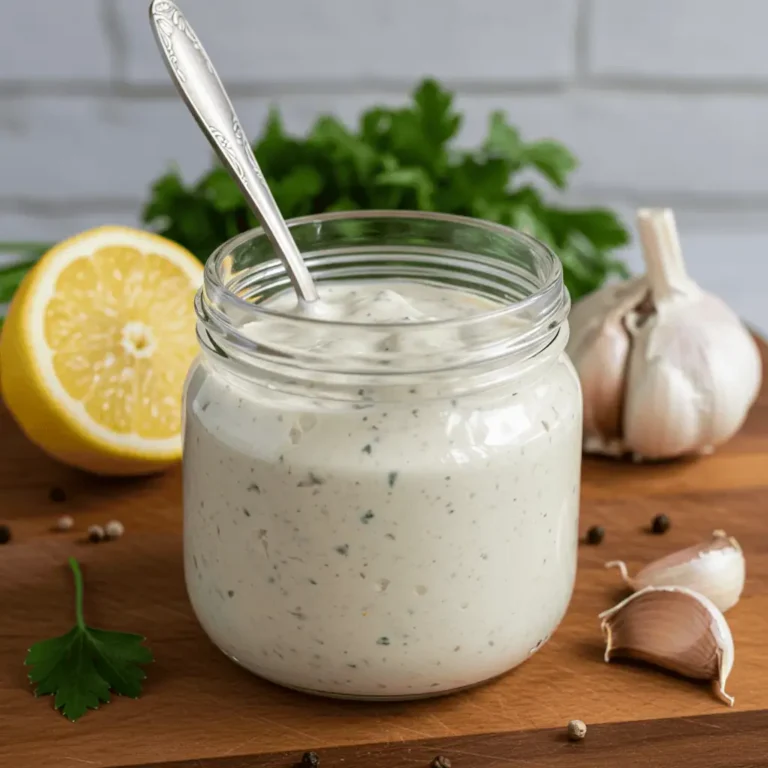
halal white sauce recipe
5 Stars 4 Stars 3 Stars 2 Stars 1 Star
No reviews
A creamy, tangy, and authentic halal white sauce that brings the iconic street food flavor right into your kitchen. Perfect for gyros, shawarma, rice bowls, and more. Made with simple halal-certified ingredients in under 10 minutes
- Total Time: 7 minutes
- Yield: 6 servings 1x
Ingredients
½ cup halal-certified mayonnaise
½ cup Greek yogurt (or sour cream)
1 tsp garlic powder (or 1 clove fresh garlic, minced)
1 tbsp lemon juice
1 tbsp white vinegar
1 tsp sugar
Salt and black pepper to taste
1 tsp dried dill or parsley (optional)
1 tbsp cold water (to adjust thickness, optional)
Instructions
In a medium bowl, combine mayonnaise and yogurt. Whisk until smooth.
Add garlic, lemon juice, vinegar, and sugar. Stir to combine.
Season with salt, pepper, and optional herbs.
Thin the sauce with 1 tbsp cold water if needed for a pourable consistency.
Cover and refrigerate for 30 minutes before serving to let the flavors meld.
Notes
For a vegan version, use plant-based mayo and yogurt.
Fresh garlic gives a stronger flavor; garlic powder offers a milder taste.
Sauce keeps in the refrigerator for 5–7 days in an airtight container.
Ideal for meal prep—store in squeeze bottles for convenience.
Adjust acidity with more lemon if desired.
- Author: Asmaa Nour
- Prep Time: 5 minutes
- Cook Time: 2 minutes
- Category: Sauce / Condiment
- Method: No-Cook / Mixing
- Cuisine: Middle Eastern / Halal Street Food
Nutrition
- Serving Size: 2 tablespoons
- Calories: 110 kcal
- Sugar: 1g
- Sodium: 160mg
- Fat: 10g
- Saturated Fat: 1.5g
- Unsaturated Fat: 8g
- Trans Fat: 0g
- Carbohydrates: 2g
- Fiber: 0g
- Protein: 1g
- Cholesterol: 5mg

